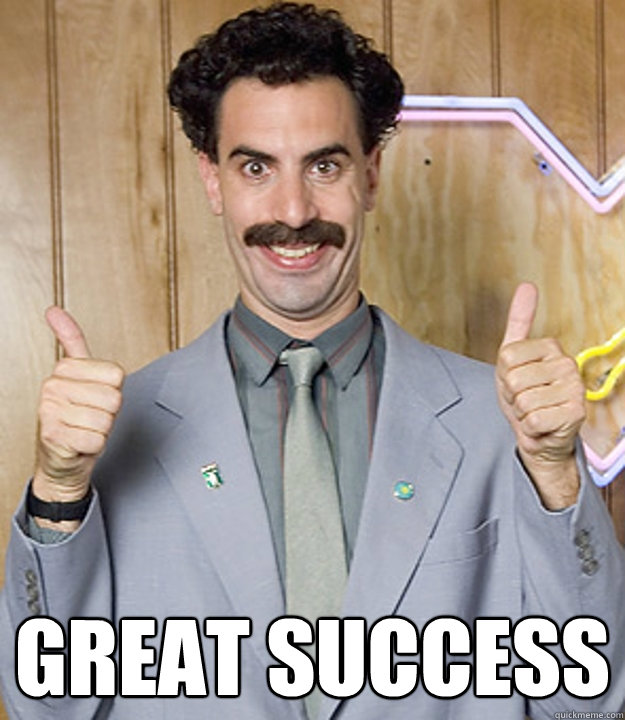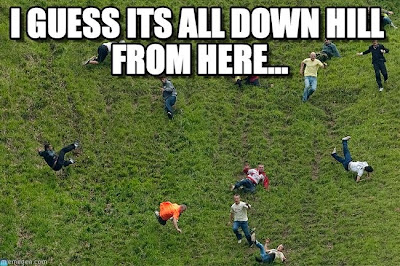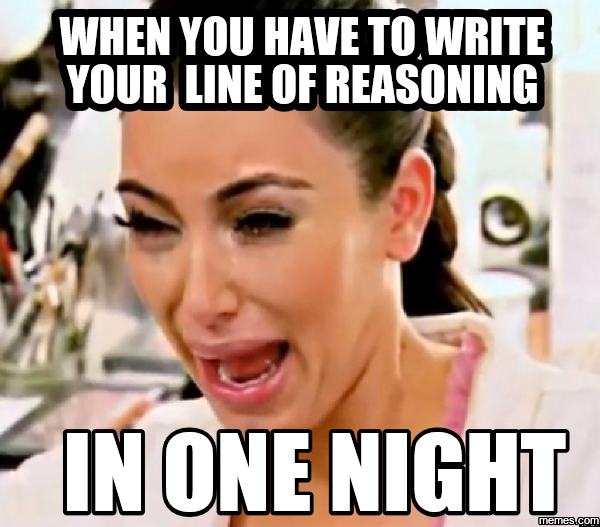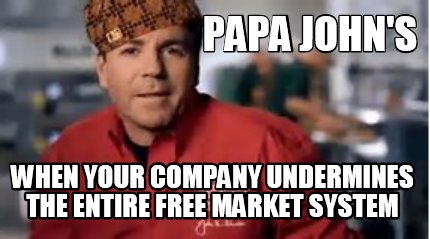Hey everybody, so today I just turned in my research proposal. This was a really big task that required a lot of work to plan out how I will be conducting my research, so I am really happy and feel really accomplished that I finished this task. However, now that this task is behind us all, it is time to create a timeline and actually plan out when I would like to have each part of my research done.

Because of this, here is my timeline: (BTW I hope that you like my usage of this outdated meme)
January 8: When I return from winter break. I want to begin my collection of the general information about BASIS.
January 15: I would like to be finished collecting my general information about BASIS, and would like to have my surveys sent out to teachers. Additionally, I would like to have scheduled interviews with teachers.
January 22: I would like to be done collecting my surveys and will have begun my analysis of the data I received. Additionally, I would like to be in the middle of conducting my interviews, and will have started my classroom observations.
February 3: By the time that I finish attending class, I would like to be done with my interviews, be working on analyzing the data, and be in the middle of conducting my classroom observations.
February 10: I will be more than halfway done with my classroom observations. Additionally, I will be finished with my analysis of my surveys and interviews, and will be starting to analyze the data I have collected so far for my observations.
February 16: I will be done conducting my classroom observations, and will be finishing up my analysis of my data.
February 26: I will be done performing my analysis of the data, and will be working on writing the results portion of my paper.
March 10: I want to be done with the results section of my paper.
March 17: I want to have a draft of my paper finished.
March 24: I want to have a final draft of my paper.
April 2: I want to have my presentation done and memorized.
April 17: Present final presentation.
Now, the second part of this post will be about how I plan to analyze and present my results. For my methods, I have to sort through and organize information for three different methods, all of which needs to be analyzed and have meaning extracted from it. In order to do this, the first step in this process will be to organize the information collected into categories depending on whether the information is about BASIS students, its teachers, or its administrators. From there, for my data, I will then look to see what the data says to determine what parts support or reject the different parts of my hypothesis. Although I am not completely sure how I will accomplish this task, I plan on organizing my results for the classroom observations into a table based on the specific criteria that I looked for. Also, I believe that I will be able to extract meaning from my surveys by measuring how frequently teachers give a similar response to an answer. Lastly, for my interviews, I am unsure of how I will conduct my analysis because the results that I will be getting are very qualitative.
I look forward to getting your guys’ feedback on my timeline and your thoughts on my data analysis procedures. Until next week!






